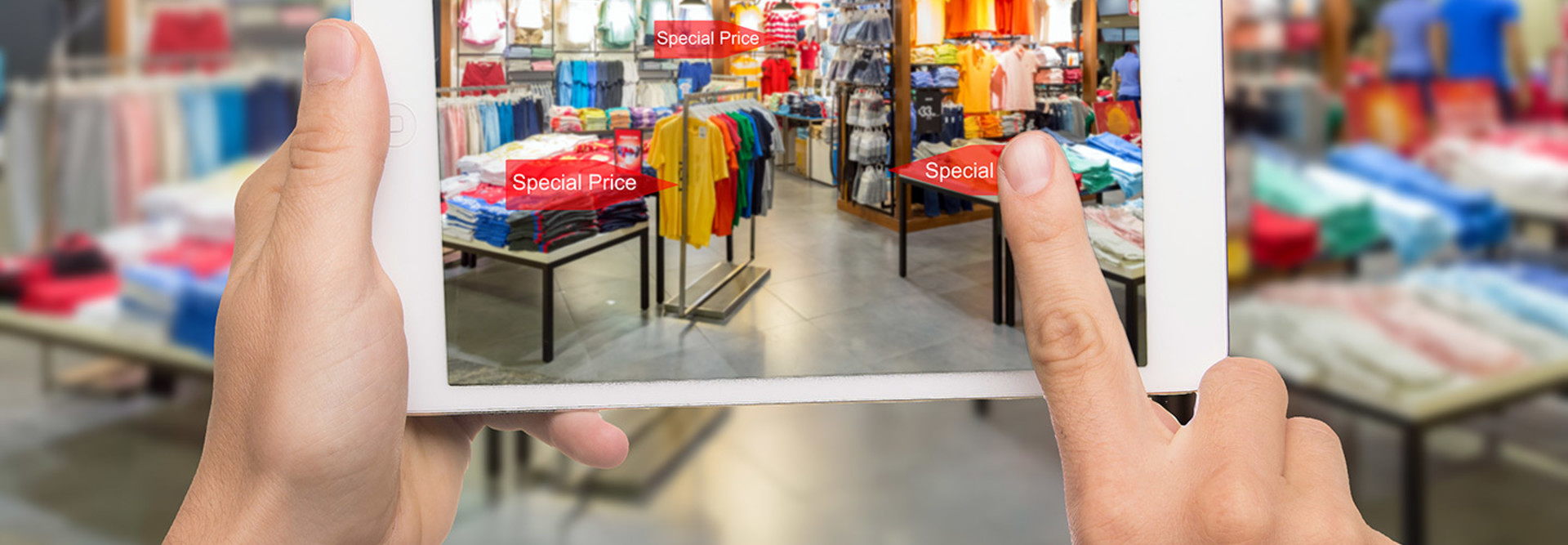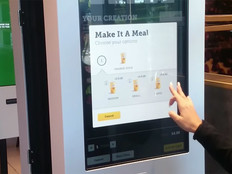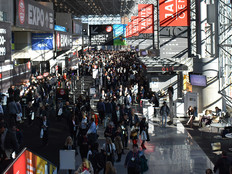What Will the Retail Store of the Future Look Like?
The end of the physical retail store is coming soon, as customers turn to e-commerce for everything from TVs and pants to diapers and groceries, right? Well, maybe not.
Physical stores will matter in the decade to come, according to researchers and retail executives. The only question is how they will be transformed by technology to make the experience for customers more seamless and enjoyable.
A variety of retailers — from brands with mass-market appeal to high-end e-commerce outfits — are considering and testing new high-tech retail concepts, including cashierless checkout, smart mirrors customized to users’ preferences and in-store product wish lists tied to mobile applications. Some of the underlying technologies are old, while others are newer or are being combined in new ways.
Creating Customized Digital Experiences in Retail Stores
A report released by consultancy Bain & Company this week found that although 70 percent of luxury purchases are influenced by at least one digital online interaction prior to purchase, 75 percent of luxury goods sales will still occur in physical stores by 2025 (down from 92 percent in 2016).
It’s not just luxury stores that are still going to be relevant. Target CEO Brian Cornell says that about 30 million customers currently visit Target’s 1,800 stores every week, the Minneapolis Star-Tribune reported in March. “Five years from now, it’s unclear how many people will continue to shop in stores. It could be 80 percent of that, or even 70 percent,” the Star-Tribune reported he said.
How will physical stores change in that time? This week, Farfetch, a global e-commerce marketplace for independent luxury boutiques, unveiled its “Store of the Future” concept, which is designed to have data and technology augment the physical retail experience, allowing shoppers to move seamlessly between the online and offline worlds.
“Customers don’t wake up and think, I will be online this morning or offline later; we are rarely purely one or the other anymore and tend to jump constantly between two worlds without noticing,” José Neves, Farfetch’s founder, told The New York Times. “Harnessing this behavior is a major challenge for retailers and brands and why we are doing this event. It is in our interests to give our partners firsthand access to information about changing behaviors and new technology, so everyone is ‘future-proofed’ as to what might come next.”
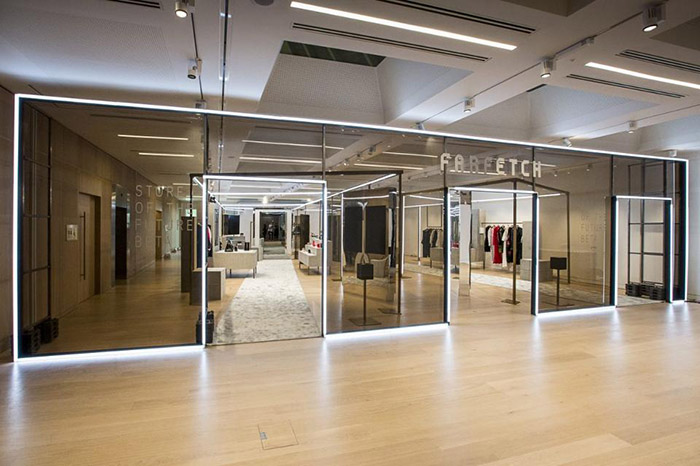
Farfetch this week unveiled its "Store of the Future" concept. Photo credit: Farfetch
According to Forbes, Neves asked, referencing the Bain report: “How can you really be serious about data when 92% of the action is happening in stores and you are not collecting data in stores?” During an average five-minute session on the Farfetch website, 15,000 data points are collected, Forbes reported he said.
Forbes notes that Farfetch’s concept can be tailored to work with a variety of stores, since the company works with hundreds of boutiques:
The system is built on the idea of a universal login or identity for each customer. Modular in form, it could consist of a multitude of different experiences, but the one on show demonstrated such ideas of a connected store as logging in initially using a QR code stored within the Apple Wallet, and then having access to things like a smart mirror that suggests recommended items based on an algorithm. It also recognizes pieces brought in via [radio frequency ID] tags and allows the user to ultimately change what they’ve got for other sizes, colors and more accordingly, and then checkout via their smartphones too.
Farfetch is also testing a product-recognition tool that would allow items customers picked off a clothing rack to then be logged in a user’s mobile app on their mobile device to create an instant in-store wish list, according to Forbes. Everything is pinned back to that device identity.
The idea is to create an opt-in experience in which users give retailers access to their shopping preferences, browsing behavior and purchase history, with the hope that this will help retailers deliver a more personalized experience.
Creating an Engaging and Seamless Shopping Experience
While the Farfetch model may work best with luxury purchases, other brands are aiming to use tech to make shopping in a physical store more appealing to a wider range of customers.
Augmented reality, which blends digital information with views of the real world, is starting to take off in retail.
NBC News reports that “IKEA’s new Catalog App uses augmented reality to allow customers to virtually place and view 200 different IKEA products in their homes.” Additionally, “shopping platform FaceCake has partnered with brands like NARS Cosmetics to let online shoppers try on everything from makeup to handbags. Using augmented reality and a camera-enabled device, online browsers can visualize products on their own moving image.”
Meanwhile, the Times reported last month, citing unnamed sources, that Amazon is exploring the idea of creating stores to sell furniture and home appliances, and that the stores might use forms of augmented or virtual reality to allow people to see how products would look in their homes.
For now, Amazon has delayed the opening of its Amazon Go convenience-style store, according to The Wall Street Journal, which would not have cashiers and would allow customers to pick up items and walk out of the store, with their purchases automatically charged to an Amazon account.
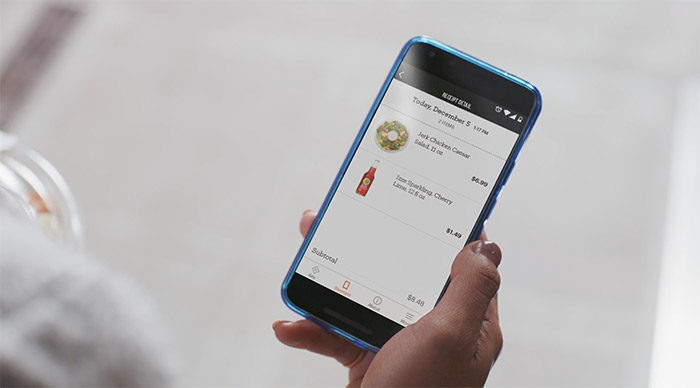
Amazon has reportedly delayed the public opening of its Amazon Go store. Photo credit: Amazon
Amazon said in December that the technology that enables the concept includes “computer vision, sensor fusion and deep learning.” Customers would use a mobile app and scan their smartphones at a kiosk when they walk into the store. The technology in the store, which the online retailer calls “Just Walk Out,” is supposed to automatically detect when products are taken from or returned to the shelves and keep track of them in a virtual cart. When customers are finished shopping, they are supposed to be able to simply leave the store, and shortly thereafter the company would charge the customer’s Amazon account and send them a receipt.
For now, that concept seems to be on hold. Citing unnamed sources, the Journal reported that “Amazon has run into problems tracking more than about 20 people in the store at one time, as well as the difficulty of keeping tabs on an item if it has been moved from its specific spot on the shelf.”
An Amazon spokesperson declined to comment, according to the Journal. The company previously said the store would open to the public in “early 2017.”



